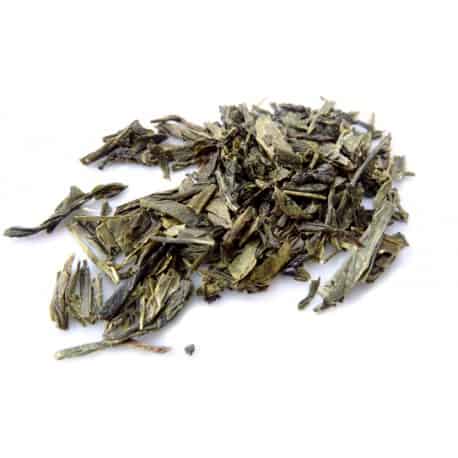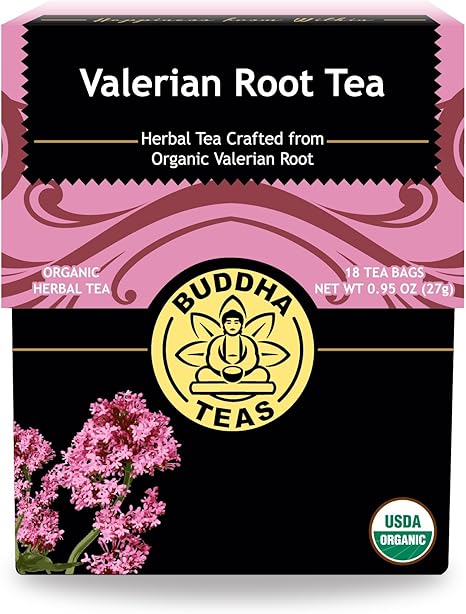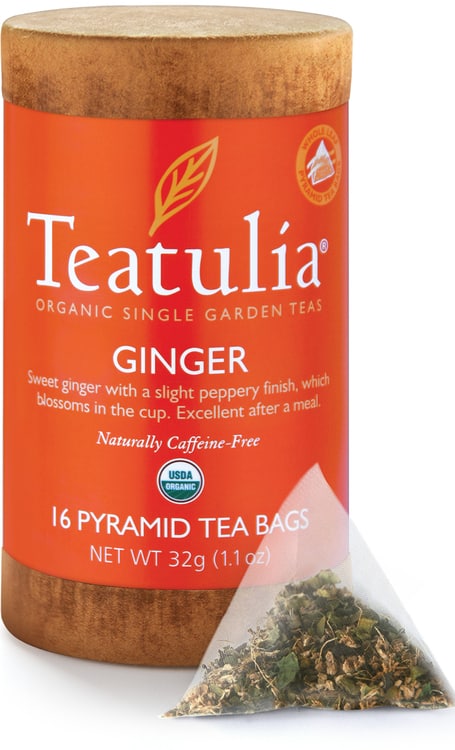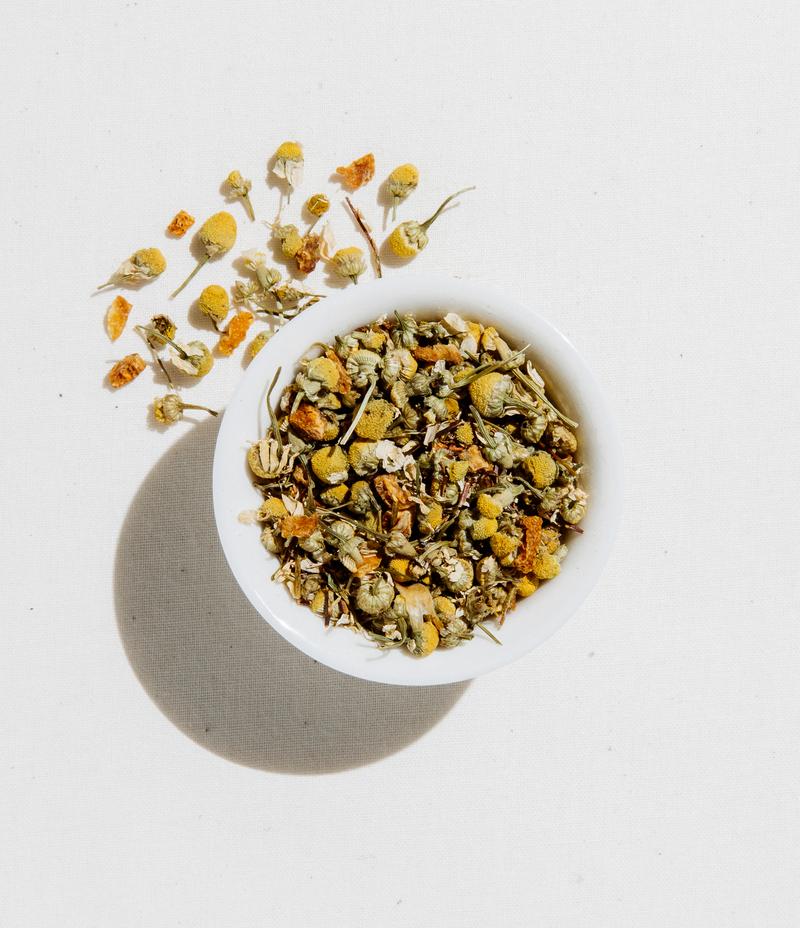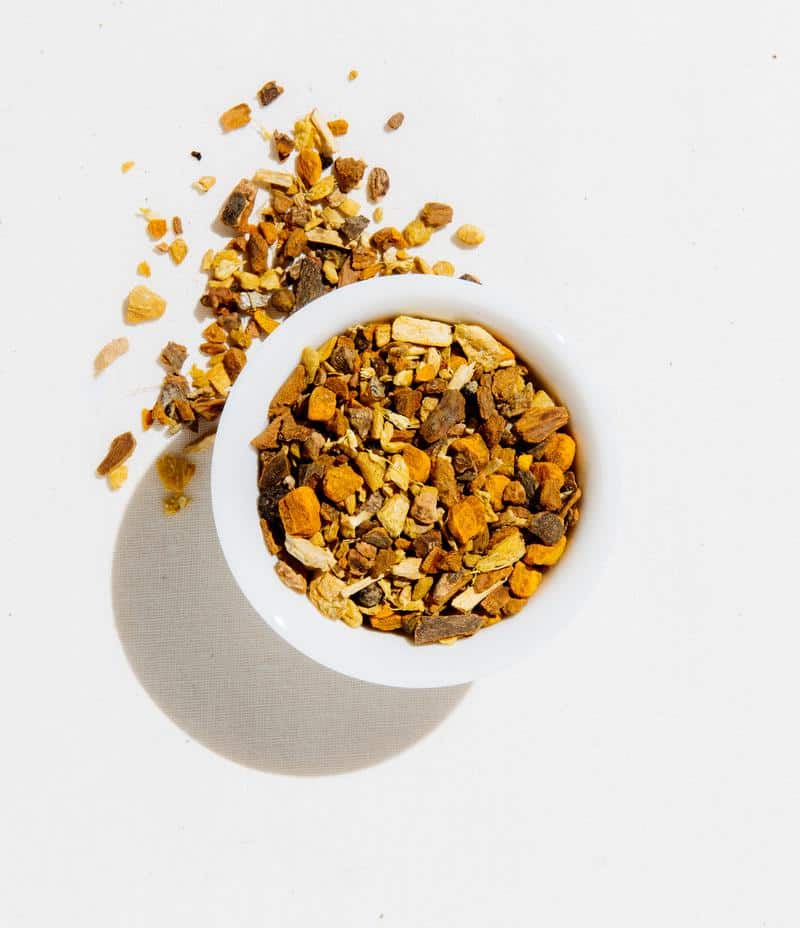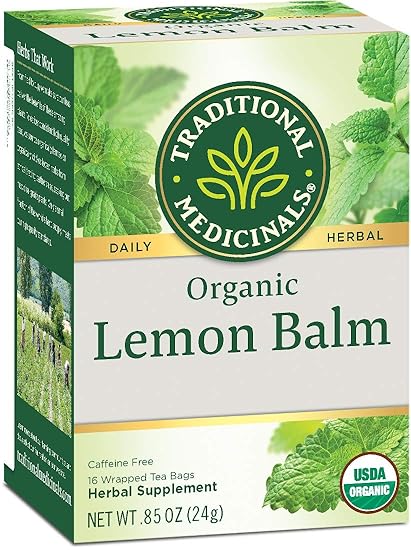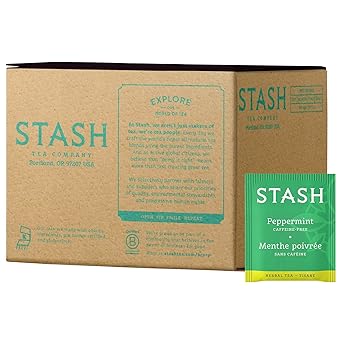While I do believe in conventional medicine and it has its place. Whenever I am in pain there are three things I go for. They are exercise, teas, and herbs. I reach for holistic first aid. The healing power of a cup (or two) of tea is the knowledge that saved many an ailing body and soul. Tea for back pain relief is a go-to. Tea and herbs for back pain and overworked muscles work. But how, why?

Tea healing history
Tea is one of the most popular beverages in the world. I believe water is first. Both are great beverages. Only one has properties that heal the pain. Hint, it’s not water.
Pouring water into a cup and infusing a group of teas and or herbs into a cup of hot water and let the healing begin. It’s not a simple drink and feels no pain. You will need to drink your choice of pain relief teas on a regular basis. Holistic healing is a slow but sure process. Conventional medicine addresses the symptom, not the cause.
One of my favorite quotes regarding medicine is this:
“Let your food be your medicine and your medicine be your food”.
The author of that quote knew something long ago. The author: Hippocrates.
The first time we know that tea was used as medicine was in China around the 3rd century AD. It did not take long for the trade merchants to spread the word and the tea. Merchants traveled the globe and spread the good news. The most popular of the teas was black. The other teas followed in suit.
Herbal teas are made from herbs, spices, flowers, and more. These are not teas but called a tisane. Each of the varieties carries its own special healing premise. It’s so simple nowadays to find the healing properties of all of the herbals and teas known.
Chinese medicine still uses the power of teas and herbals. Today we have the best of all the diversity of holistic medicine. Ayurvedic, Chinese and Indian medicines. We also have the availability of conventional medicine at our fingertips.
We live in a great time. I have to tell you. I am not a doctor and I do not practice medicine. I do know the power of holistic medicine and I am sharing that with you today. If your pain increases, is horrific or is just too much to tolerate, don’t be stubborn. GO SEE A DOCTOR.
Last year I had gotten off of work. I got home and was getting things done. I had an incredibly sharp pain in my left side. It hurt. Bad. It did not let up. I drank some tea, did some yoga, meditated and the pain would not let up. I started to feel sick and realized I had to go to urgent care. I’m glad I did. I had a .7mm kidney stone lodged. I was given the option to try to move it myself or surgery. I chose surgery because I knew the chance of breaking that up or moving it would be difficult. I had the surgery, learned to drink tons of water, and change my diet, just a little. I’m very thankful for Dr.’s and Surgeons. They are much needed and appreciated.
We live in a toxic world. There are times our bodies have traveled too far to make it back holistically. Those are the times you need conventional medicine. Be wise, not stubborn.
So, I said all that to just let you know that things happen in life and you have to be wise with your treatments. If you do not know, consult someone who does. Do not play with your health, it’s not a game.
Do teas and herbs work? Absolutely!
Now, back to that cup of tea. Below are several teas and herbs that help with the pain.

How tea helps the body with back pain management
The pain we are going to focus on is that of inflammation. Back pain, joint pain, toothache, and more. The pain from inflammation is the most aggravating pain. We over-exert ourselves and demand a lot from our bodies.
The inflammation in our bodies plays a two-faced role. The pain from inflammation is an indication that your body has been stressed or infected. The other side of the coin is that the pain is the body working on healing itself after an injury. It’s a natural defense against attacks of viruses or bacteria. When the body is repairing tissue that has been damaged you can feel pain. It’s the body that gives attention to the ailing area.
When that pain becomes too much, it’s chronic and a problem.
Besides bacteria and viruses, our bodies can react to stress, exercise, toxic exposure, allergies, and even what we eat. Our bodies react by becoming inflamed. One of the best ways to calm our bodies is by our diet. There are certain foods and drinks that aid our body in healing. Beyond comfort foods, there are some drinks that help make that inflammation calm and soothed.
Today we focus on teas and herbs. Teas that help pain and inflammation.
What is it about tea that helps fight pain? Tea contains several ingredients that help with inflammation.
The two main ingredients of tea that help with pain relief are catechin and epicatechins. These are commonly known as polyphenols. Polyphenols help because they are antioxidants. Antioxidants help neutralize oxidative stress. When oxidants are high that is when the damage can be done.
Polyphenols – Polyphenols can suppress inflammation. They work by reducing inflammation and relieving pain.
Caffeine – Caffeine is found in teas not herbals. Caffeine can help reduce pain because of adenosine receptors 14-18. Caffeine seems to block the pain in these areas, thus causing the pain to subside.
Flavonoids – The studies on flavonoids like myricetin, quercetin, kaempferol have been increasing. The studies are showing positive results. These phenolic compounds are acting as an anti-inflammatory, analgesic, and antioxidant.
The two main ingredients of tea that help with pain relief. They are catechin and epicatechin slaves (a polyphenol) acts as an anti-inflammatory. They reduce inflammation and easing muscle pain.
Catechins – Catechins are found in green tea. Scientifically known as epigallocatechin-3 gallate or EGCG. Controlling body fat and cholesterol issues helps to reduce inflammation. The phenols in Camellia Sinensis are part of the plant’s DNA that help protect the plant from disease. Phenols act as a disinfectant and antioxidant.

The pain management teas and herbs
Now that we have a very slight understanding of the DNA of Camellia Sinensis and the power of the tea plant. We can look forward to the power of tea and herbs. They help calm the body (and soul) and give our bodies some rest from the pain and inflammation.
Green Tea
The secret weapon with green tea is EGCG or Epigallocatechin-3-gallate. EGCG is an anti-inflammatory powerhouse that puts an end to inflammation. This powerful antioxidant is considered stronger than Vitamin E or C.
Green tea which includes matcha is a good source to help reduce inflammation. They also help with irritable bowel disease and other inflammation-driven conditions. Also in some studies, it’s shown that green tea can help preserve cartilage. The studies show that more green tea is better.
While more may be better try to keep your consumption under 8 cups a day. Green tea may cause upset stomach and constipation. In rare cases, green tea has been linked to liver and kidney problems.
The steaming process creates a difference in the flavor between Chinese and Japanese green tea
Valerian Tea
Valerian root is sometimes considered a natural tranquilizer. Relieving both acute and chronic pain. Valerian root has an analgesic effect. It can also be used to relax the muscles. Valerian root has been used for centuries. It helps to regulate stress and anxiety as well as help people calm down to get to sleep. Valerian root is also helpful in supporting upper body tension and muscle relaxation.
With all things moderation is key. Too much use can lead to a hangover effect the next morning if used for sleep. May take up to a couple of weeks to be fully active.
Valerian root tea is a great herbal remedy to keep on hand and is also valued as a relaxing warm beverage that can be enjoyed just before bed.
Cinnamon Tea
The cinnamon of the tea is made from the inner bark. You may know it from the curled sticks or ground into powder. Cinnamon is good for relieving menstrual cramps and reducing inflammation. One of the better ways to fight arthritis pain. Some arthritis is due to the wear and tear of joints and bones and cinnamon can help. While cinnamon can help slow the loss of movement, pain, and deformity. If the pain worsens or is bad it’s best to seek conventional help. Cinnamon is full of antioxidants. They help fight free radicals and protect cellular health.
Too much cinnamon can cause mouth sores, liver damage. It may also cause low blood sugar and may interact with certain medications.
The sun has all the energy. Cinnamon is nature's suntrap. Bask in the spicy sweet-heat of the world's finest three cinnamons and feel her warm embrace filling you with life. Enjoy the warmth.
Ginger Tea
Ginger is a kick-butt plant. Ginger tea is powerful as tea. Ginger tea helps with nausea, whether that is from motion or chemo. Ginger will calm your stomach and ease that pain. Ginger has been used for centuries to treat pain. There is evidence to prove that fact. Ginger has been proven to relieve pain from osteoarthritis (especially in the knee). Ginger can also aid with headaches, sore muscles, and other pains in the body.
Slice up some ginger and boil it in some water and sip your pain away. Remember moderation is the key. May lower blood pressure and make you dizzy. Ginger also contains salicylate which acts as a blood thinner.
Ayurvedic practitioners have used ginger and Vasaka as a way of activating the body's internal energy to help regain balance and harmony.
Chamomile Tea
Chamomile is a calming tea. Soothing and relaxing. Chamomile tea can also be used for arthritis, back pain, and more. Chamomile contains anti-inflammatory and antioxidant properties. This makes it a strong pain reliever. Just drinking a cup of tea can calm back pain and spasms. The tea soothes the muscles. Calms the muscles that cause upper back pain giving some temporary relief.
You can try to double up your tea bags to get a bigger dose of chamomile to help smooth the pain. Try using chamomile for back and sciatica pain relief as well.
Allergies to pollen, ragweed, herbs, marigold, daisies, and other plants? Use caution with chamomile. Chamomile can also make birth control not as effective.
Turmeric Tea
Turmeric is an inflammation powerhouse and fighter. Turmeric is what gives curry its yellow hue. Help for the cellular level of pain fighting. That pain-fighting level is compared to some over-the-counter medications. Turmeric has been shown in studies to help fight the pain of post-operative procedures. Also helping reduce the pain with dental crowns. Turmeric has been known to aid ulcerative colitis, IBS, and stomach ulcers.
Turmeric does have a few side effects. Stomach upset, nausea, dizziness, or diarrhea to name a few. These side effects are generally consistent with the overuse of Turmeric tea. Do not use it if you have bile duct obstruction, liver disease, or gallstones. Similar diseases you should not drink or take turmeric.
An invigorating blend of turmeric, ginger, cinnamon, and other fragrant spices, this loose leaf blend draws from Ayurvedic principles to energize and awaken your mind and body--all without caffeine! This autumnal tisane brews to a beautiful copper hue and can be enjoyed at any time of day.
Lemon balm Tea
Easy to grow in a backyard, it grows like a weed. A powerful weed. Lemon balm is part of the herbal family called nerving. They can be very helpful to the nervous system and tissue. Lemon balm is called the “nerve balm”. It works on relaxing the muscles by being anti-spasmodic. Lemon balm is an analgesic with diuretic properties. Lemon balm calms the entire digestive system relieving spasm, indigestion, gas, and colic. Lemon balm is also called the “happy herb’ to give you that uplifting happy feeling.
Not for long time use. Side effects can be headaches, nausea, bloating, gas, vomiting, indigestion, and stomach pain. The more you take the more these side effects can increase.
Peppermint Tea
The calming and cooling effects of peppermint tea. Drinking peppermint tea can ease the discomfort of an upset stomach. Peppermint tea can cause burping to remove excess gas from the stomach. Can ease heartburn, stomach spasms, and cramps. Back in “the day” peppermint tea was used for people with fevers, chills, and rheumatism. Ever get that upset stomach from a headache? Use peppermint tea to relieve that nauseated feeling. There is even some proof that peppermint was used in healing ancient Egyptian times.
There does not seem to be any fallbacks in using peppermint tea. ENJOY.
So fresh and so minty! Our peppermint herbal tea is bright, tingling, light, and yet boldly flavored. We promise, you can drink this tea anytime you feel like it, but it’s particularly great after meals (especially if you took ‘treat yo’self’ a little too far).

More tea for pain information
The list can go on and on. I tell people to keep trying until they find what works for their DNA. We are not all created equal. Some things may work better than others. But when you find what works, it’s like hitting the jackpot.
Here are a few lesser-known teas and herbs to help with pain and inflammation.
Tea and herbs for back pain
- Green Tea
- Black Tea
- Ginger
- Turmeric
- Ginger & Green
- White Willow Bark
- Valerian Root
Tea and herbs for tooth pain
- Peppermint Tea
- Clove Tea
- Guava Leaves
- Thyme
Tea and herbs for joint pain
- Green Tea
- Black Tea
- Willow Bark Tea
- Nettle Leaf
- Holy Basil
- Turmeric
- Ginger
- Rose Hips
- Fennel
Tea herbs for muscle pain
- Black tea
- Green Tea
- White Tea
- Rooibos Tea
- Chamomile
- Ginger Tea
- Turmeric Tea
- Rose Petal / Rosehip Tea

Conclusion
If you are looking for teas and herbs and how they aid your body check HERE for my Tea in a Minute series. I share with you information about individual teas and herbs and how they benefit your body.
It’s incredible to think that a plant can offer us so much health and wellness. I would think that Hippocrates knew what he was saying. What we now need is the patience to learn and understand how tea works for pain relief.

